The ROG Gladius has long been one of ASUS’ best gaming mouse. Having been a user since its first iteration that launched in 2015, I’ve always been a fan of ASUS’ “modern” take on the gaming mouse. Fast forward now and we have seen an improved RGB version (Gladius II) and now a wireless version in the ROG Gladius III. Let’s find out if it’s still a gaming mouse to get in this ROG Gladius 3 Review.
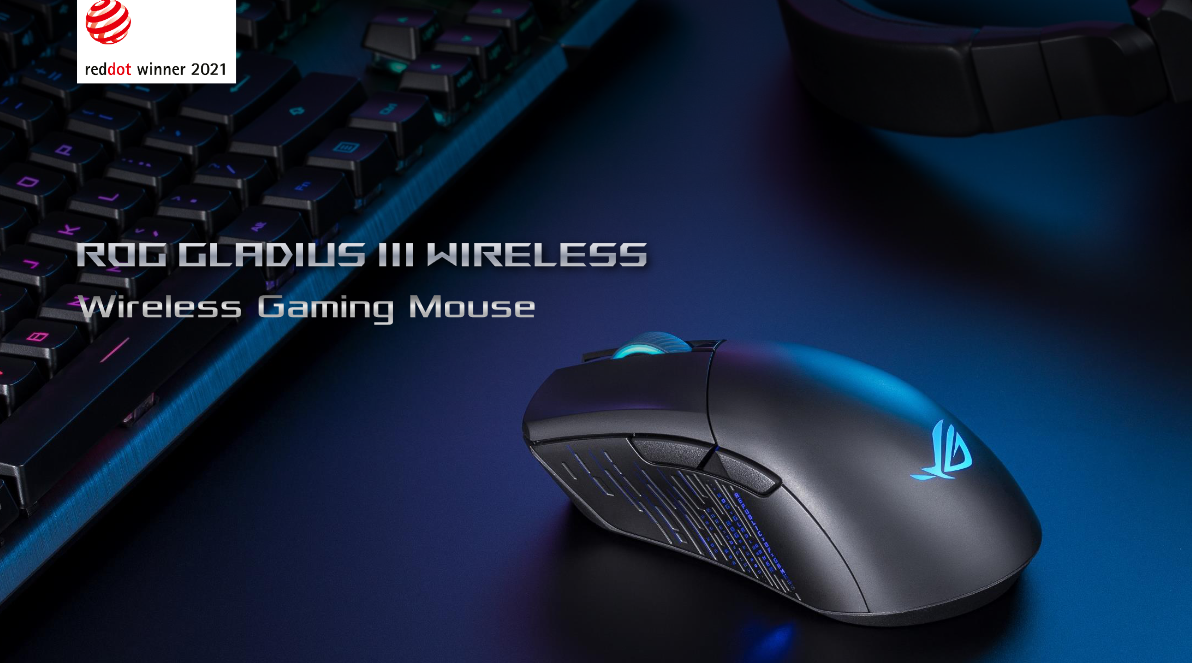
| Connectivity | USB 2.0, Bluetooth, RF 2.4GHz |
| Resolution | 19,000 dpi optical sensor (ROG tuned up to 26,000 dpi) |
| Max Speed | 400 IPS |
| Max Acceleration | 50 G |
| USB Report rate | 1000 Hz |
| RF 2.4G Report rate | 1000 Hz |
| L/R Switch Type | ROG Micro Switch |
| Buttons | 6 programmable buttons & scroll wheel + 1 profile button + 1 pair button |
| AURA Sync | Yes |
| Shape | Right-handed |
| Cable | 2 meter ROG Paracord |
| OS | Windows® 10 |
| Software | Armoury Crate |
| Dimensions | L 123mm x W 68mm x H 44mm |
| Weight | 89g (without cable) |
| Color | Black |
| Contents | 1 x ROG Gladius III Wireless, 2 x micro switches, 1 x ROG switch tweezer, 1 x ROG sticker, 4 x mouse feet, 1 x QSG, 1 x warranty booklet |
One thing to note is that this Wireless version does not come with neither an extra cable or a pouch. Instead, you get 2 extra Micro Switches and a switch tweezer. The switches are still Omron but are renamed as “ROG Switches”.


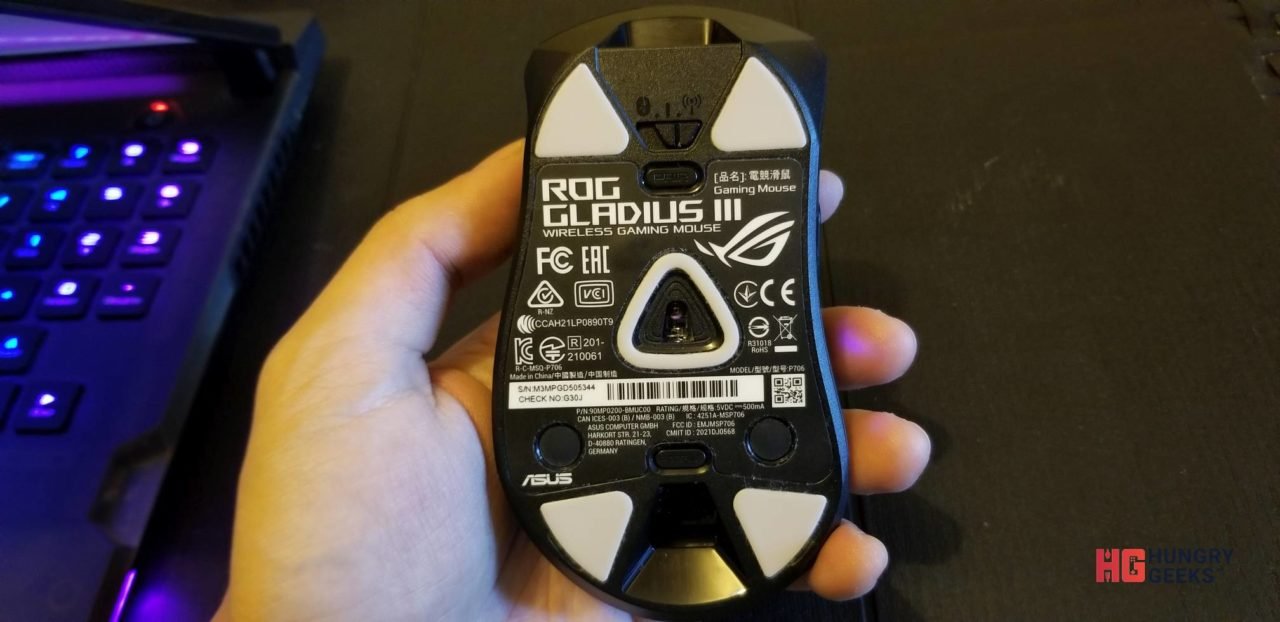

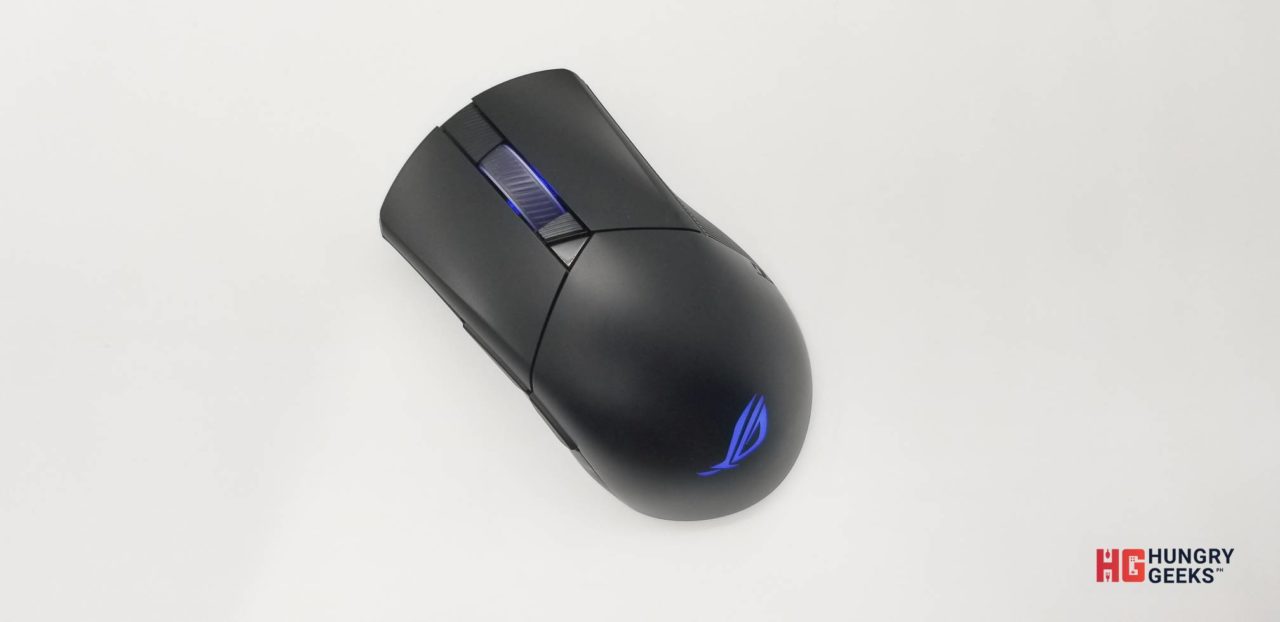
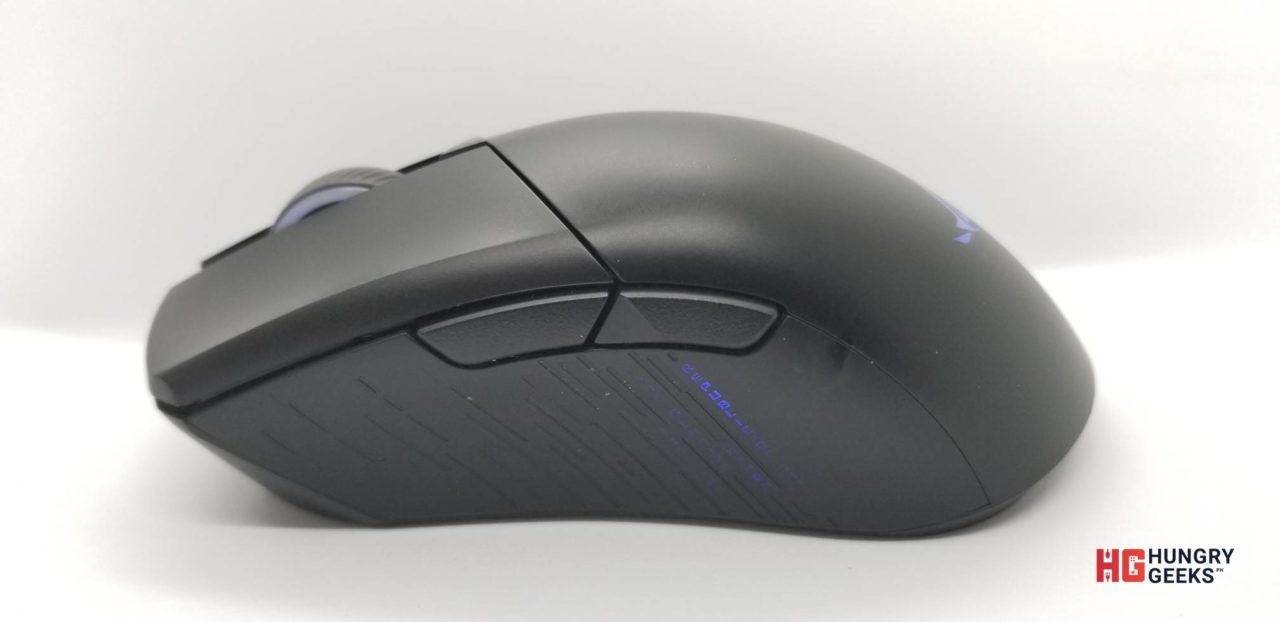
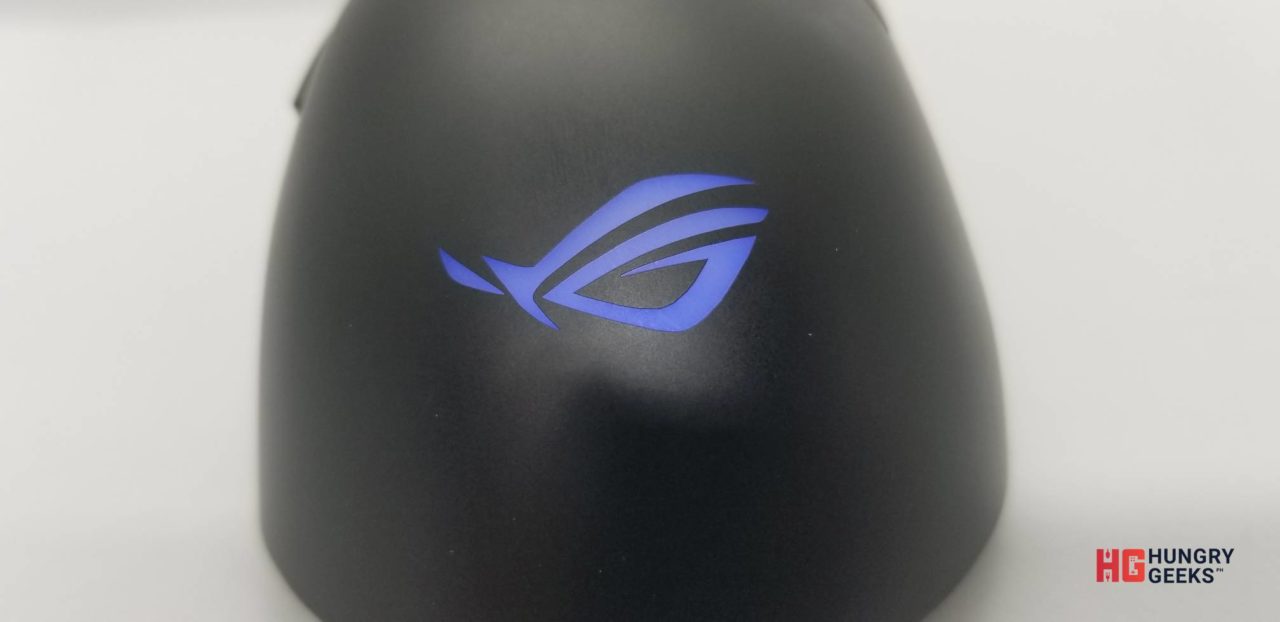
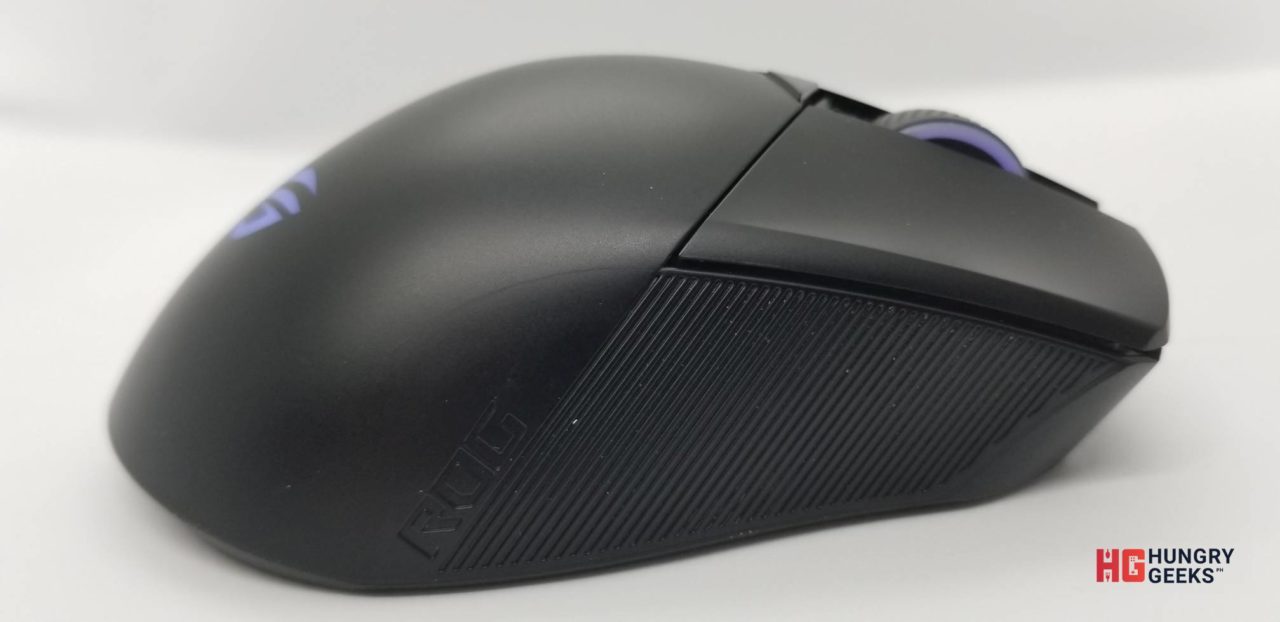
If you’re familiar with the previous Gladius-es, you’ll notice that the body is far wider at the bottom instead of the more linear form. Also, another thing is that the edges have been trimmed down, making the whole thing a bit rounder. The Gladius III is a bit wider at the bottom, making it a bit more natural to the palms.
Personally, I hate the side rubber grills of the ROG Gladius III. While it does provide a decent grip (depending on where you place your fingers), it’s a bit of a dirt and grim magnet. You’ll likely have to clean this one every 2 weeks.
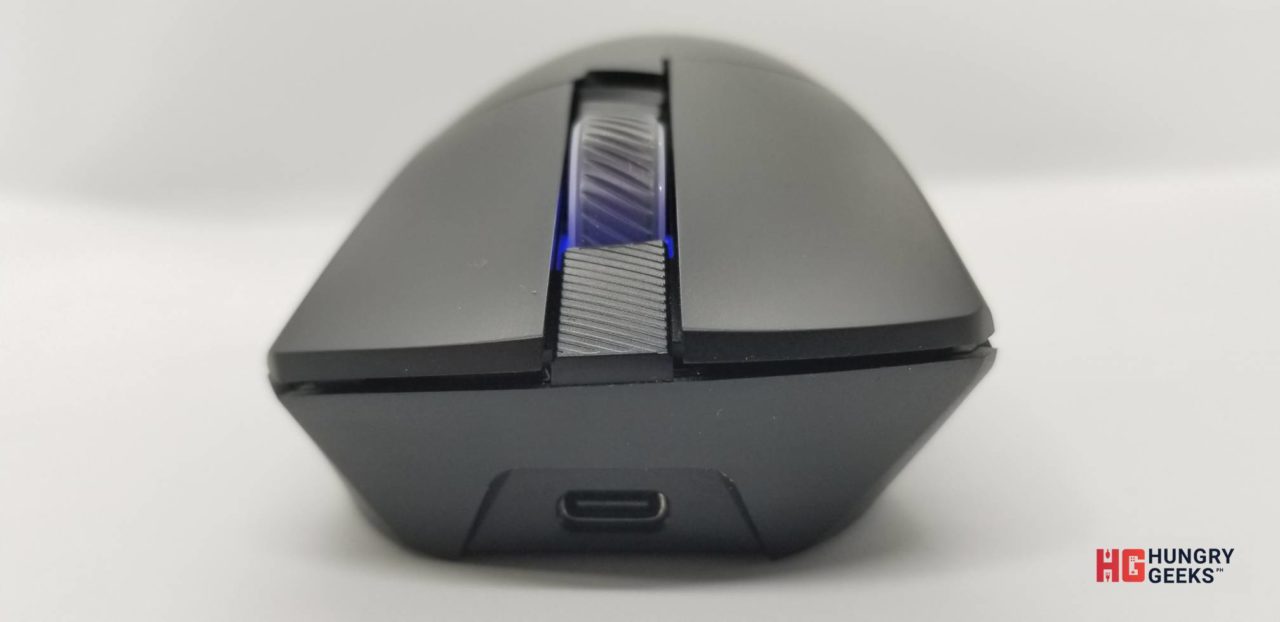

The bottom part is where the fun is. From the top, it has the switch that toggles the mode of the Gladius III: Bluetooth, connected, and 2.4Ghz wireless. Underneath it is the pairing button. At the lower part are the profile button and the slot for the USB dongle.
If you’re worried about the USB falling off and getting damage, fear not. There’s no fear of it from falling off as the thing is magnetized and will zip in securely once you slot it in.
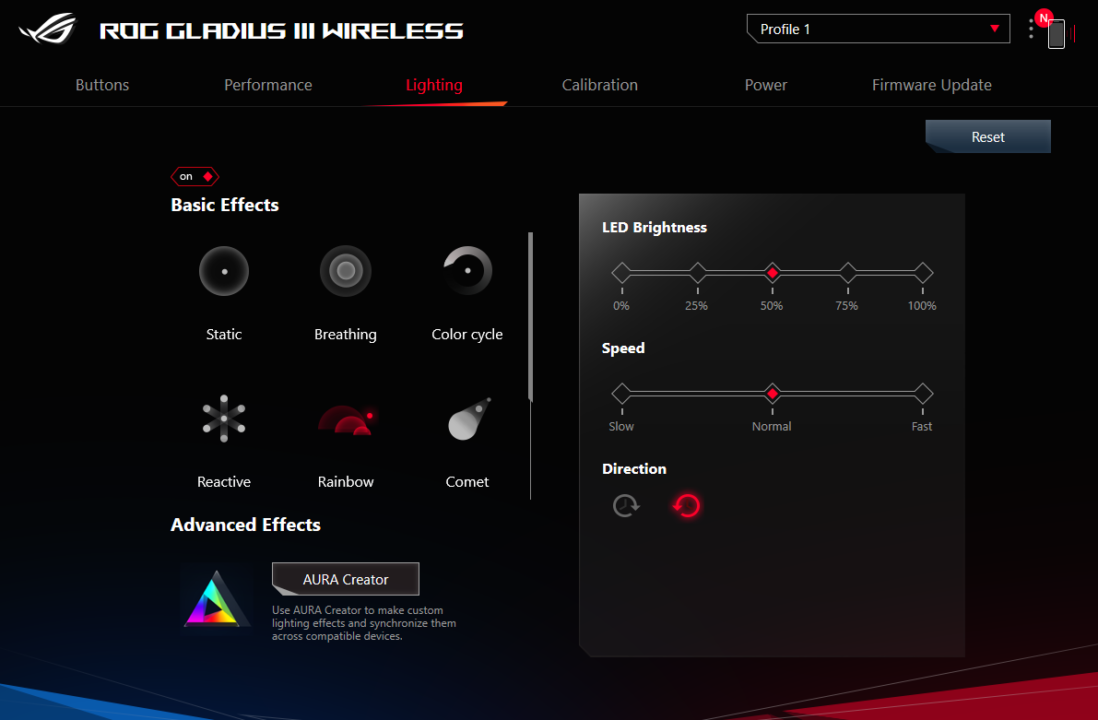 The ASUS Armoury Crate II is a control terminal of some sorts that allows you to check your computer’s innards and connected peripherals. While it can work with products from other brands, having ASUS products allows you to fully unlock all of your connected device’s features. This application also comes with all ASUS ROG or TUF laptops.
The ASUS Armoury Crate II is a control terminal of some sorts that allows you to check your computer’s innards and connected peripherals. While it can work with products from other brands, having ASUS products allows you to fully unlock all of your connected device’s features. This application also comes with all ASUS ROG or TUF laptops.
The following Gladius III features can be modified with the ASUS ROG Crate:
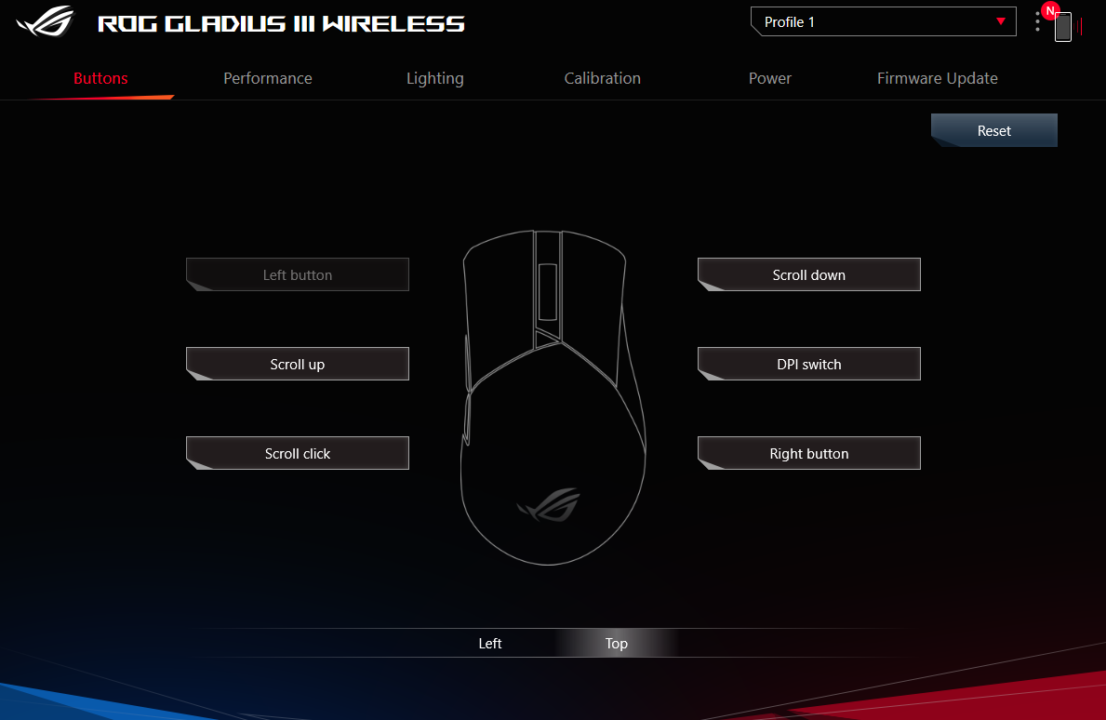
Aside from the above tweaks, Armoury Crate II also has several presets available for different ASUS gaming mouse pads. You just choose one and the system itself will adjust the Gladius III. Pretty nifty but not necessary.
One thing very frustrating is that you can’t access your devices if there are new updates for the ROG Crate. You also can’t update without plugging in the device if you are using a laptop. So if you’re stuck outside without any way to charge and with an imminent update, tough luck, you are not allowed to change or access the ROG Armoury Crate.
As with everything ASUS, the Gladius III is also compatible with ROG Aura Sync. If this is your first time hearing it, Aura Sync is ASUS’ proprietary RGB platform. The user can select an RGB lighting behavior and color, and all peripherals that are compatible will follow that scheme. This includes gaming mice, keyboards, monitors, and even internal ones such as graphics cards and cooling systems.
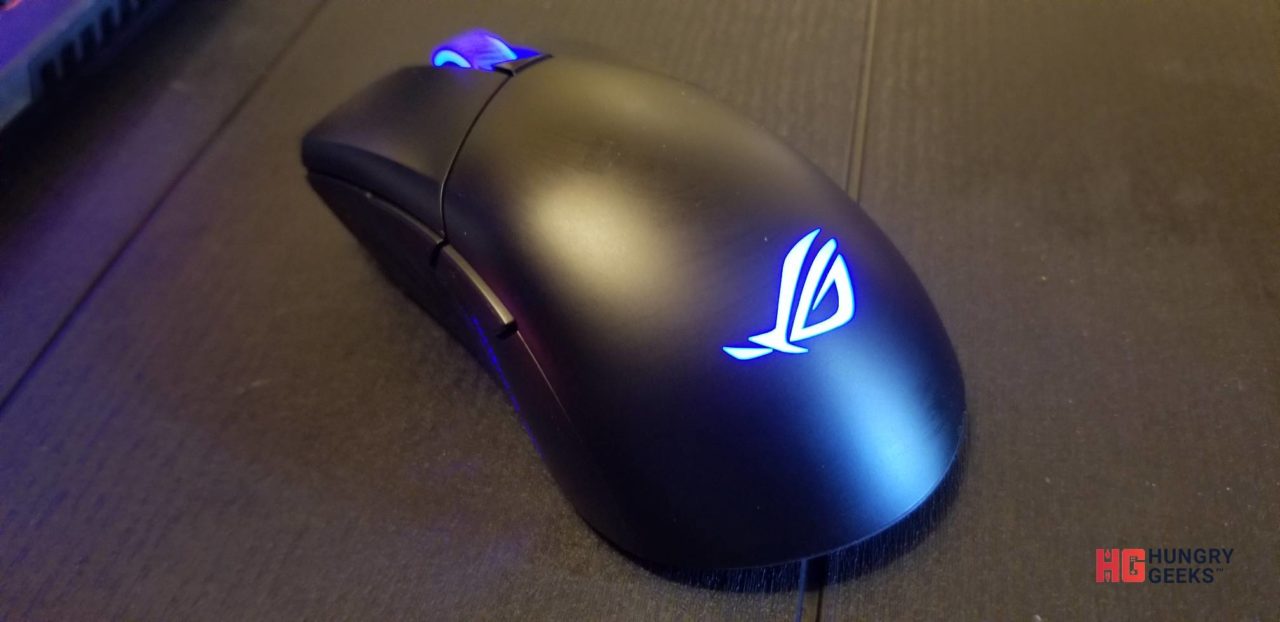
It is without a doubt that the ROG Gladius 3 is one of the best gaming peripherals that ASUS have launched. It’s incredibly sleek and the lessons learned from its previous 2 iterations can be seen here. Gone are its edges making it a bit more rounded and less likely to injure your hands. While size is relative to the user, I did find it very comfortable and easy to use. It is a bit weighty but enough to give a good feedback when moving it around.
Alongside its overall better build, the buttons themselves are very functional and do also give a good response whenever clicked. This includes the 2 side buttons located at the left side of the mouse and also the middle mouse wheel.
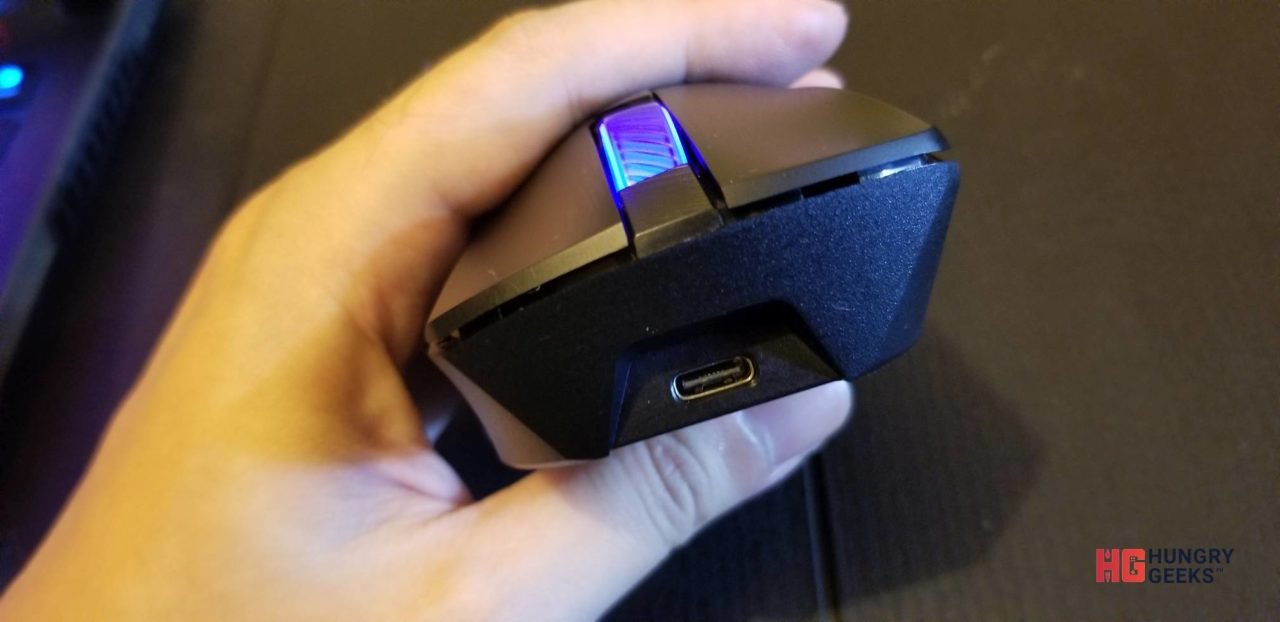
The one thing that surprised me while using it is that despite being wireless, the Gladius III didn’t have any noticeable delays. I was able to use it well in competitive games that require snap targeting and it didn’t feel sluggish or slow. The only thing worth worrying about is the device’s battery life indicator (more on it below).
Aside from its wireless capabilities. One thing I appreciated is that I can use it with 2 devices. I tested it wired with my desktop PC and I used it as a wireless mouse with my laptop. With this setup, I just “permanently” attached the wire to my PC while the wireless USB dongle sits attached to the laptop. I can just toggle the mouse using the switch underneath it depending on which device I want it to partner with. You can practically tether this mouse to up to 3 different devices if you include the Bluetooth functionality.
Okay, now for its downsides. While responsive, the number of buttons might not be for everyone, specially macro controllers. With just a total of 6 buttons, you might want to look for a different mouse if you want more control. Aside from that, the whole package only comes with only 1 cable. The first 2 Gladius came with 2 and a bag to keep everything in. With the pricing of this gaming mouse, I expected something more than that.
Another pet peeve is that there are no visual cues as to when the mouse is going to lose battery. While it does blink to remind you that it’s gasping for juice, it can be hard to see while using it.
Lastly, the price. The ASUS ROG Gladius III Wireless is priced at about PhP 6,880. Although there is a non-wireless version at PhP 5,280. The price is still quite steep given that the Gladius II retailed for about PhP 4,600+. With that said, this unfortunately places the mouse behind a paywall that most will unfortunately would not want to scale.

With all things considered, the ROG Gladius III is a very great gaming mouse. It has been refined and upgraded in both looks and performance. It can be used out of the box without fiddling with the Armoury Crate and if you want to, you can tweak it to your own liking down to the finest details. However, the price can be intimidating and its “premium” price tag asks for too much. With that price, you can buy a complete set of ASUS’ TUF Gaming peripherals, which are also incredibly great products on their own.
All in all, the Gladius III is a perfect gaming mouse stifled by the price tag. I’m also a bit bitter with the lack of the ROG pouch. Why did they remove it while making the whole thing more expensive? It doesn’t make sense.
For other similar ASUS ROG or TUF mouse, you can check out our review of the TUF Gaming M3, TUF Gaming M4 Air, or the ROG Strix Impact II. You can check out more about the Gladius III here. You can also check out the recently released ROG Claymore II review here.
